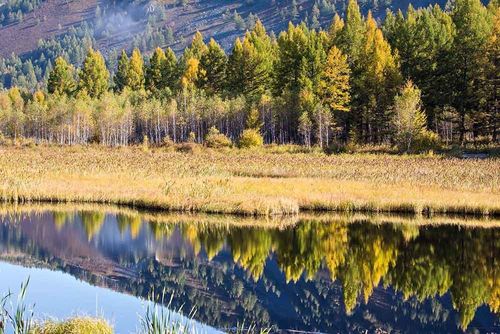The world’s polar regions are a sight to behold, with their untouched beauty and majestic landscapes. These icy regions, located at the Earth’s northern and southernmost points, have long captured the imagination of scientists and explorers alike. In recent years, scientific research has uncovered some enigmatic facts about these regions that have shed new light on the unique ecosystem of the polar regions.
The Arctic and the Antarctic regions are, in essence, polar opposites in terms of climate and geography. The Arctic is largely an ocean surrounded by landmasses, while Antarctica is a frozen plateau topped by an ice sheet that covers most of the continent. However, both regions share some similarities, such as their unique flora and fauna and their roles in regulating the Earth’s climate.
One of the most fascinating aspects of the polar regions is the ecosystem they support. The Arctic and Antarctic are home to a wide variety of species that have adapted to the harsh conditions of these regions. Polar bears, penguins, seals, and whales are just a few of the many animals that call these regions home. These animals have to contend with the extreme cold and limited food sources, which has led to some unique adaptations. For instance, the fur of polar bears and seals has a subcutaneous layer of fat that helps to keep them warm.
It’s not just the flora and fauna of the polar regions that have captured the attention of scientists. Researchers have also been investigating the ice sheets that cover both regions. They have discovered that these ice sheets are rapidly melting, which has major implications for global sea levels. The melting of the polar ice caps could cause significant coastal flooding, which could have disastrous consequences for millions of people.
While the polar regions may seem remote and disconnected from the rest of the world, they actually play a crucial role in regulating the Earth’s climate. The Arctic, for example, acts as a global air conditioning unit, regulating the Earth’s temperature and influencing weather patterns worldwide. The polar regions also act as a carbon sink, absorbing carbon dioxide from the atmosphere and helping to slow down the effects of climate change.
In conclusion, the polar regions are some of the most enigmatic and captivating parts of our planet. Over the years, scientific research has helped us uncover some of the mysteries of these regions, revealing their importance in regulating global climate and preserving the unique ecosystem that exists there. It’s up to all of us to ensure that we take care of these precious regions so that future generations can continue to be awed by their beauty and importance.
(Note: Do you have knowledge or insights to share? Unlock new opportunities and expand your reach by joining our authors team. Click Registration to join us and share your expertise with our readers.)
Speech tips:
Please note that any statements involving politics will not be approved.
